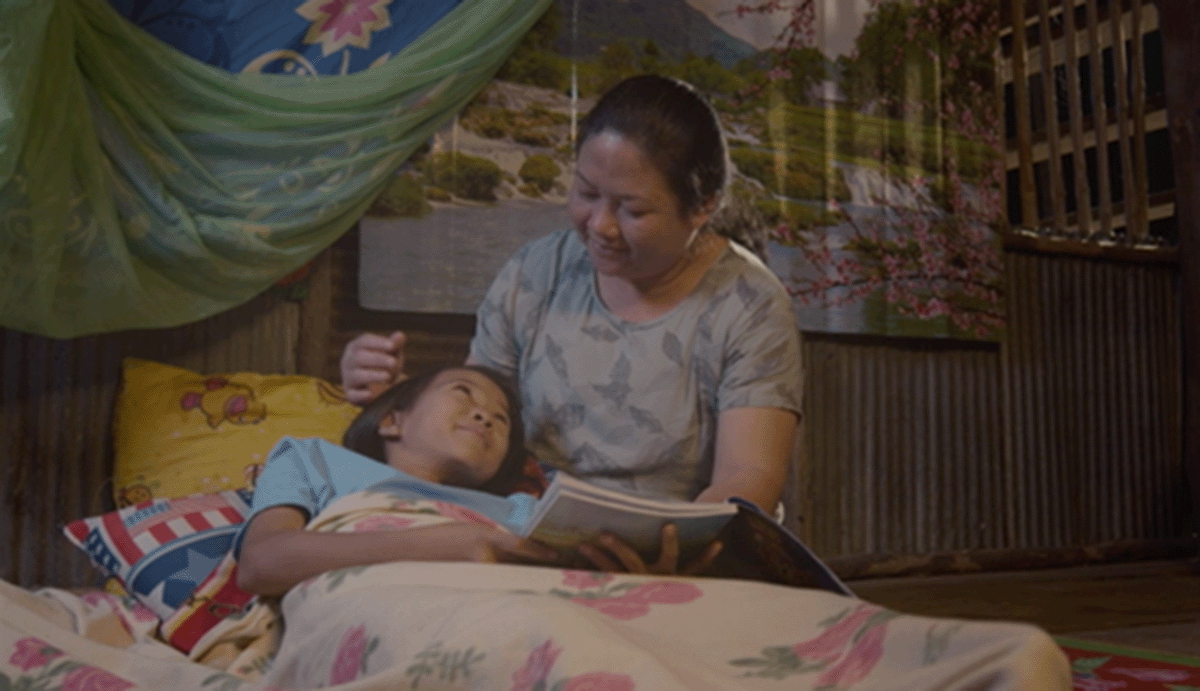Decades of McMaster tuberculosis research leading to new prevention and control strategies

Tuberculosis (TB) is an infectious disease caused by Mycobacterium tuberculosis, a highly transmissible species of bacteria that spreads easily through the air.
Although TB is classified as a curable and preventable disease, it remains a major global health concern. In fact, according to the World Health Organization, more than one million people die from TB infection each year, making it the second-most deadly infectious disease on the planet, behind only COVID-19.
Researchers at McMaster University have been studying TB for decades. Their work, based largely out of the Michael G. DeGroote Institute for Infectious Disease Research (IIDR), has advanced the global understanding of TB and pushed forward next-generation designs for TB immunization strategies.
Here, IIDR members Amy Gillgrass and Zhou Xing discuss their TB-related research programs and share why they are optimistic about a less burdensome future for TB.
 Taking on “the deadly duo”
Taking on “the deadly duo”
In Amy Gillgrass’ lab, researchers are working tirelessly to develop new therapeutics and vaccines to improve TB patient outcomes.
But Gillgrass’ sights aren’t set on tackling TB alone. Instead, she’s most interested in how M. tuberculosis and human immunodeficiency virus (HIV) — together known as “the deadly duo” — come together to cause fatal co-infections.
“Co-infections worsen overall disease course, complicate diagnosis, and reduce effective treatment options for both pathogens,” says Gillgrass, an assistant professor in McMaster’s Department of Medicine.
Gillgrass explains that significant overlap in high incidence areas of HIV and TB has led to a high prevalence of HIV/TB co-infection. For instance, in certain parts of Africa, she says, 60 per cent of all TB patients are also infected with HIV. She also notes that TB is the leading cause of death among people with HIV.
Studying this specific co-infection is complicated, however, as such research is typically conducted on small animal models. Since HIV can only infect human immune cells and TB in animals can lack key features of human disease, standard laboratory animals are not sufficient for the research ongoing in the Gillgrass Lab.
To circumvent this, researchers are studying HIV/TB co-infection in next-generation “humanized mice,” which are immunocompromised mice reconstituted with human stem cells so that they develop a human immune system.
“This next-generation mouse model is the perfect translational bridge for investigating human immune mechanisms behind this particular co-infection,” says Gillgrass.
Gillgrass says that while the COVID-19 pandemic was a major setback for global progress against TB, she remains hopeful that the disease will be more manageable in the future.
On top of the important work underway at McMaster, she cites a recently approved shortened course of antimicrobial therapy for TB as a reason for optimism, noting it should increase treatment compliance, decrease antimicrobial resistance, and reduce overall transmission. She also says there are several new drug candidates and vaccines in clinical trials that, if approved, will help combat resistant strains of M. tuberculosis.
 How TB research laid groundwork for COVID-19 vaccines
How TB research laid groundwork for COVID-19 vaccines
Zhou Xing, a professor in the Department of Medicine, has been studying M. tuberculosis at McMaster for the past 25 years.
He says he’s fascinated by how this particular species of bacteria can so successfully establish survival niches in the human body without being eliminated by the immune system — something experts call “latent tuberculosis.”
M. tuberculosis is so good at survival, in fact, that, according to the World Health Organization, a quarter of the global population has been infected by the bacteria, though only a small portion will ever actually develop TB disease.
Xing has been investigating immunization strategies against TB to ensure that small portion stays small — and perhaps someday falls to zero.
In collaboration with clinical infectious disease specialists, respirologists, and chemical engineers, his lab has been developing and testing novel tuberculosis vaccine strategies, including those administered by inhalation.
Importantly, Xing says this large body of work was crucial to the rapid development of McMaster’s inhaled COVID-19 vaccines, which are now entering human trials.
“Through our TB vaccine program, we established a robust bench-to-human translational vaccine pipeline here at McMaster,” he says. “This allowed us to pivot and face the new challenge presented by COVID-19.”
Xing says that while the ongoing development of inhaled COVID-19 vaccines has commanded his lab’s recent attention, he remains optimistic that a next-generation TB vaccine will make its way into clinical trials in the future.
Right now, the mucosal TB vaccine that his group developed is being tested in humanized mice by the Gillgrass Lab — studies that may eventually spur clinical translation.
ResearchRelated News
News Listing

Brighter World ➚
Analysis: Ontario’s high-stakes bet on iGaming: Province profiting from online betting but at what cost to problem gambling?
Research
1 day ago

The power of cinema: Study shows film intervention reduces violence against children
Dept. Psych, Offord Centre for Child Studies, Research
4 days ago

